How Often Should You Get Your Brick Tuckpointed?
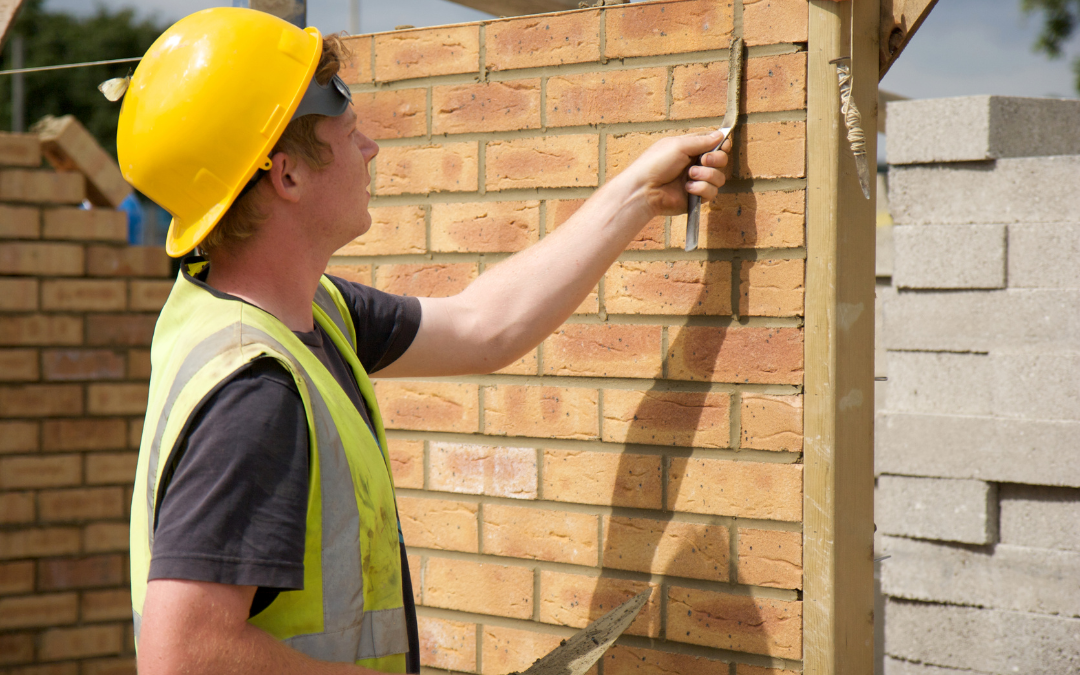
Is It Time for Brick Tuckpointing at Your Home?
Did you know that even the strongest brick homes still need a little maintenance to stay in good shape? If your home or building has brick walls or a brick chimney, chances are you love the way it looks—solid, classic, and full of character. Brick is one of the most durable building materials out there, and it can last for decades, even generations, if it’s taken care of properly. But here’s the thing: while the bricks themselves can go the distance, the mortar in between them doesn’t always keep up. That’s where tuckpointing comes in. Tuckpointing is one of the best ways to protect and preserve your brickwork, helping it stay strong and weather-resistant year after year. On this blog, we’re going to walk through what tuckpointing is, why it matters for your home, and how often you should consider getting it done. Whether you’re living in an older home or just starting to notice a few cracks here and there, this info can help you stay ahead of bigger issues down the line.
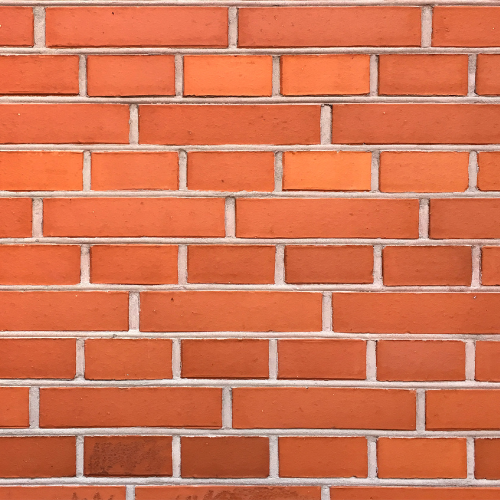
Why Is Tuckpointing Important?
Mortar might seem like a small part of the wall, but it plays a big role. If the mortar is falling apart, it can cause a lot of problems.
Here’s what can happen if it’s left too long:
- Water leaks through the walls
- Bricks become loose or start shifting
- You could see mold or mildew
- The structure can weaken over time
Tuckpointing fixes all that by sealing everything back up. It helps protect your home and avoid bigger, more expensive problems down the road.
How Often Should You Tuckpoint?
This is one of the most common questions homeowners ask, and honestly, it’s a good one. Brick might look tough and low-maintenance, but the mortar between the bricks doesn’t last forever. As a general rule, most brick homes should be tuckpointed every 20 to 30 years. That’s the average timeline to keep things sealed up and looking good. If it’s been a couple of decades since anyone has looked at your mortar, it’s probably time to check things out.
That said, there’s no one-size-fits-all answer. The age of your home, the kind of weather it deals with year after year, and even how your brickwork was originally installed can all affect how often tuckpointing is needed. If you live somewhere with tough winters, hot summers, or heavy rain, your mortar can wear down faster. Homes built before the 1930s usually need more frequent tuckpointing too, since older mortar isn’t as strong as what we use today. It’s always a good idea to look for signs of wear rather than just go by the calendar.
What Affects How Often You Need It?
1. Weather Conditions
If you live in an area with freezing winters, hot summers, and lots of rain like we do here in Illinois, your brickwork takes a real beating throughout the year. The changing seasons cause the mortar between your bricks to expand when it’s hot and shrink when it’s cold, and over time, that back-and-forth movement leads to cracks and crumbling. Moisture can then sneak into those little gaps, making the damage worse. In towns like Cary, Algonquin, or nearby areas, it’s pretty common to see homes needing tuckpointing every 10 to 15 years because the weather simply wears things down faster than it would in a milder climate.
2. Older Homes
If your house was built before the 1930s, there’s a good chance the mortar used was made with softer materials that aren’t as durable as what we use today. Back then, lime-based mortar was common, and while it worked well for its time, it doesn’t always hold up to today’s harsh weather or moisture levels. That means older homes often need more frequent tuckpointing to stay in good shape. If your home is 80, 90, or even 100 years old, it’s a smart move to have your mortar joints checked every 10 to 20 years, even if everything looks fine on the surface. Small issues can build up quietly over time, especially with age.
Signs You Might Need Tuckpointing Soon
You don’t have to guess. Your bricks will usually give you some clear signs. Watch for:
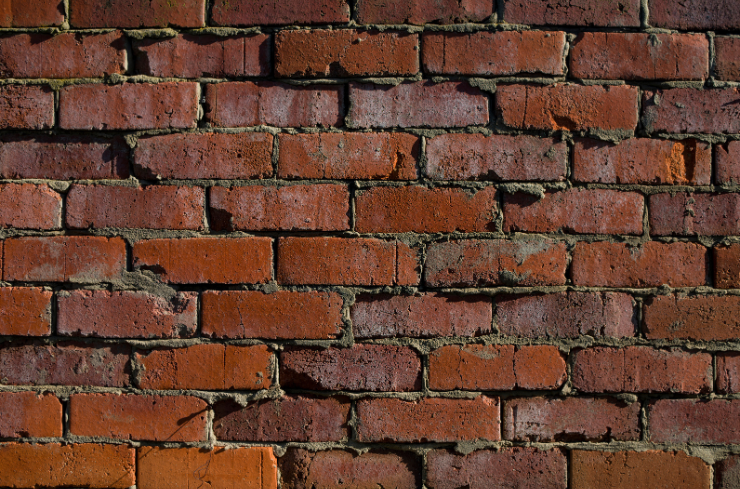
Cracks or Gaps in the Mortar
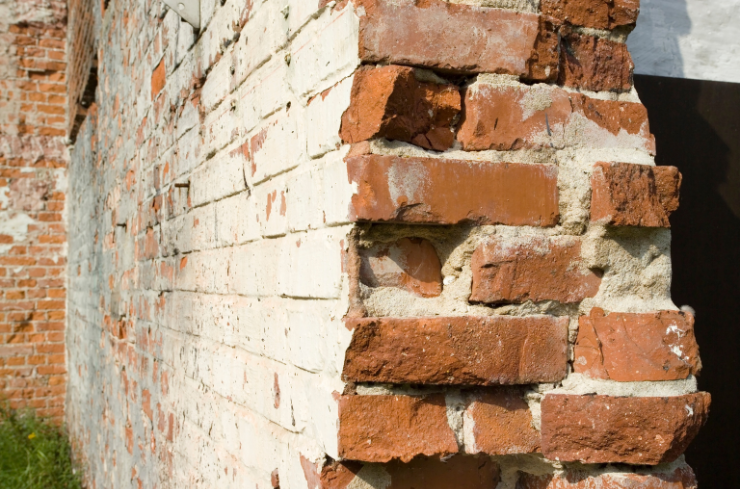
Mortar That’s Crumbling or Falling Out
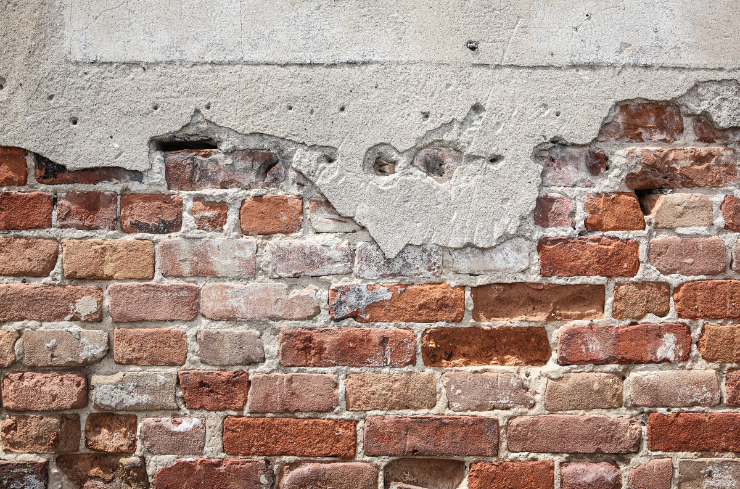
Bricks That Feel Loose or Move when Touched
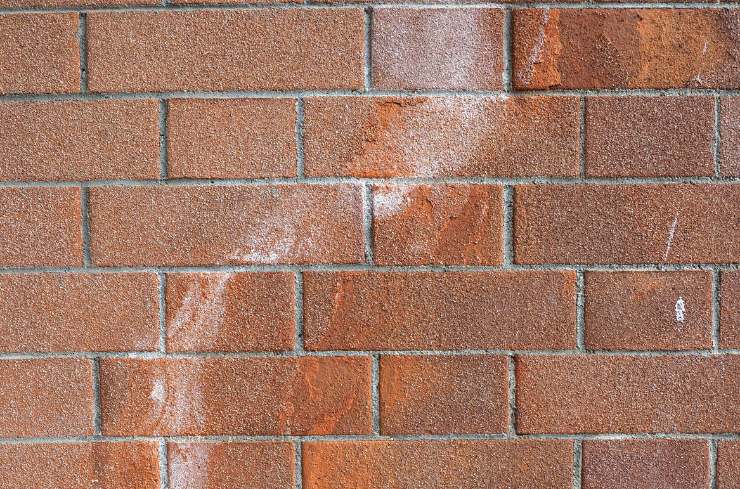
White, Chalky Stains on the Brick (That’s Called Efflorescence)
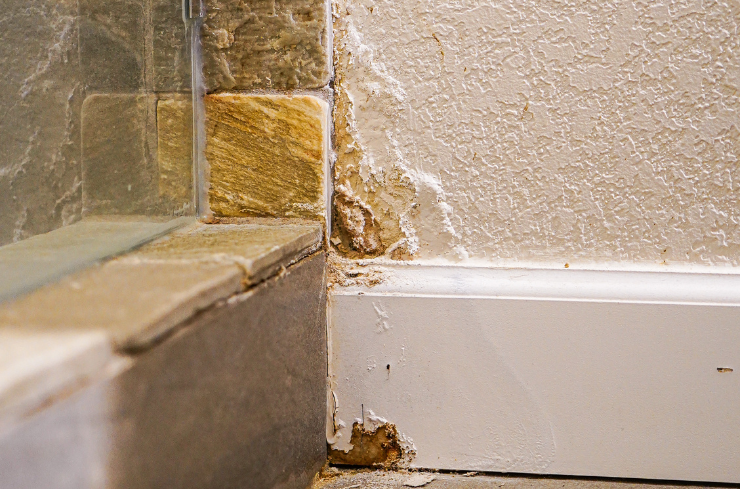
Water Leaks Around Brick Walls or Chimneys
If you notice any of these, it’s a good time to call a pro to take a look.
Your bricks are made to last, but they can only stay strong if the mortar holding them together stays in good shape too. Tuckpointing might not be the first thing on your home to-do list, but it’s one of the most important ways to protect your brickwork and avoid costly repairs later. If it’s been a long time since you’ve had your bricks looked at, or if you’re starting to notice cracks, gaps, or loose mortar, it’s a good idea to get it checked before small issues turn into bigger problems. A quick repair today can save you from major stress down the road. Taking care of your mortar helps your home stay strong, safe, and looking great for years to come. So give your bricks the attention they need, and they’ll continue to stand tall for decades.
Not sure if your bricks need tuckpointing? Pyramid Pro Masonry Services is here to help. Give us a call or send us a message and we’ll come out to take a look. No stress, no pressure, just a free estimate and honest advice you can count on.

0 Comments